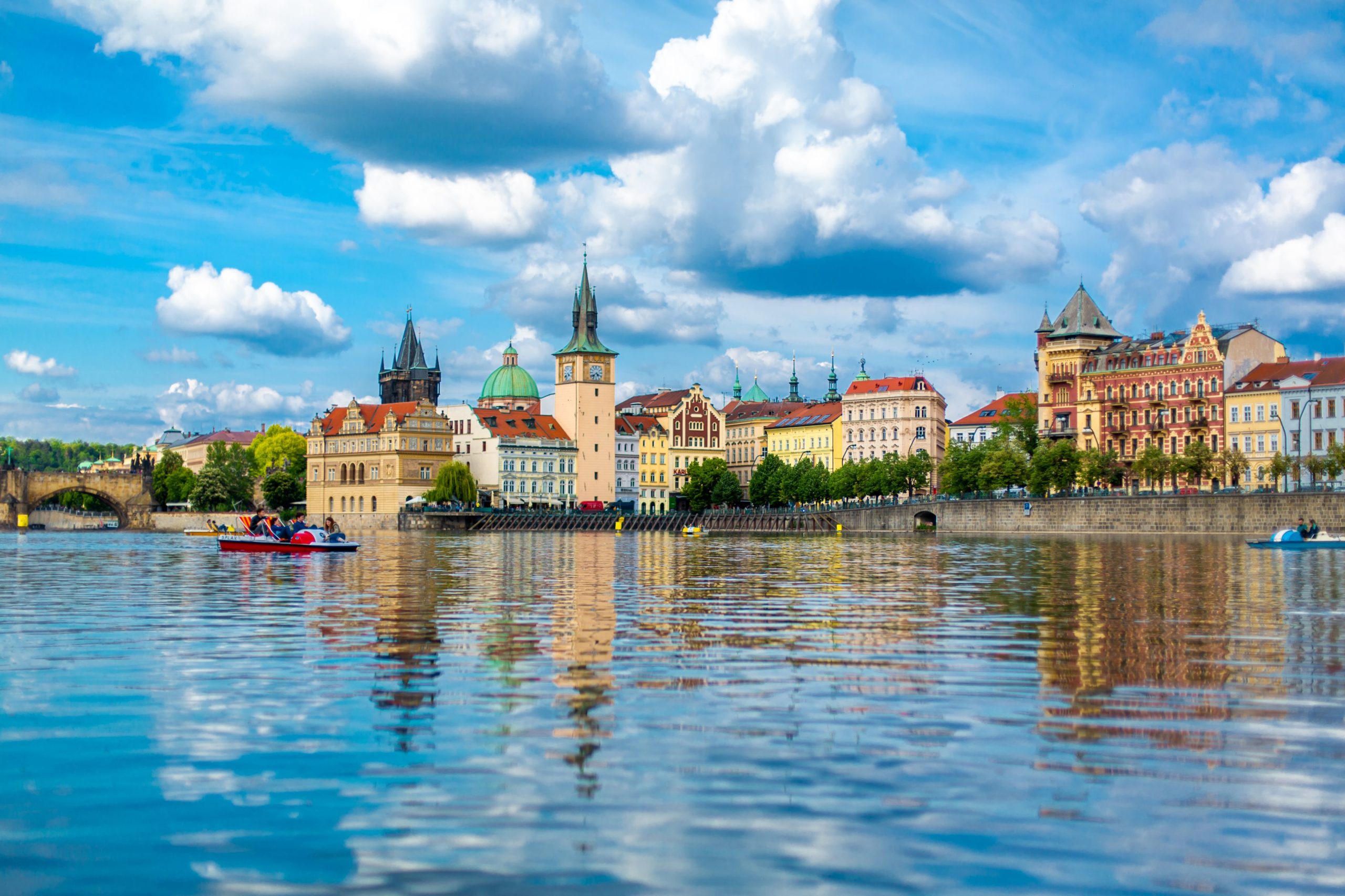From dinosaurs to explorers to wars, here's what four local experts had to say about the history of Prague.
The History of Prague
four local expertsLeave a comment
Prague is one of the most beautiful and historic of the Medieval cities of Europe; however, in recent years it has been overrun by tourists and the lovely historic center turned into a tawdry collection of tourist shops inhabiting those lovely 4-600 year old structures. Still, I can find times when the City is free of tourists (early morning or late at night) when I can still see the City in almost its historic majesty.
Prague is a city of music, art, theatre, history, and beauty. My favorite part of the city is Mala strana. Its cobbled streets twist and wind their way up the hill revealing secluded courtyards, ivy-covered stone walls, tiny doors, statues, and ornate wall plaques. One can spend hours taking in the architecture thinking of the centuries through which the houses have survived, their occupants who witnessed momentous occasions both tragic and wonderful.
Prague is a magical city characterized by lush parks and architectural marvels. Who can resist a relaxing picnic in Letna Park, an invigorating walk along the cobblestone streets, or the inherent beauty of Prague Castle and Charles Bridge? The vibrant capital also offers a legendary nightlife, world-class shopping experiences, and romantic vistas typically sealed with an old-world kiss. Whether you come to Prague to soak up the history or for a weekend of unabashed revelry, the city’s “claws” that Kafa once warned about will delve into your soul and resonate deep within you long after you’ve reluctantly left.
Prague, city, capital of the Czech Republic. The city has a rich architectural heritage that reflects both the uncertain currents of history in Bohemia and an urban life. Around the core is a mixed zone of industrial and residential areas, containing about half the city’s population and nearly half its jobs. Surrounding this area is the outer city development zone, and beyond this is yet another zone of development containing new industrial areas, parks and recreation areas, and sports facilities. There is an agricultural land and open countryside, where farms and market gardening projects satisfy Prague’s demand for food. There is a small Slovak community, but the overwhelming majority of residents are Czechs. Industry is the largest employer, followed by commerce, construction, education, culture, administration, and transport and communications. Prague has a renowned and active musical life, which reaches a high point each year in the internationally known spring music festival. There are also many museums and galleries, and a Palace of Culture was completed in 1981. The stock market opened for the first time since World War II, the city was modernized, and it became a major tourist destination.
Comments are closed.
Names of respondents may have been changed.
